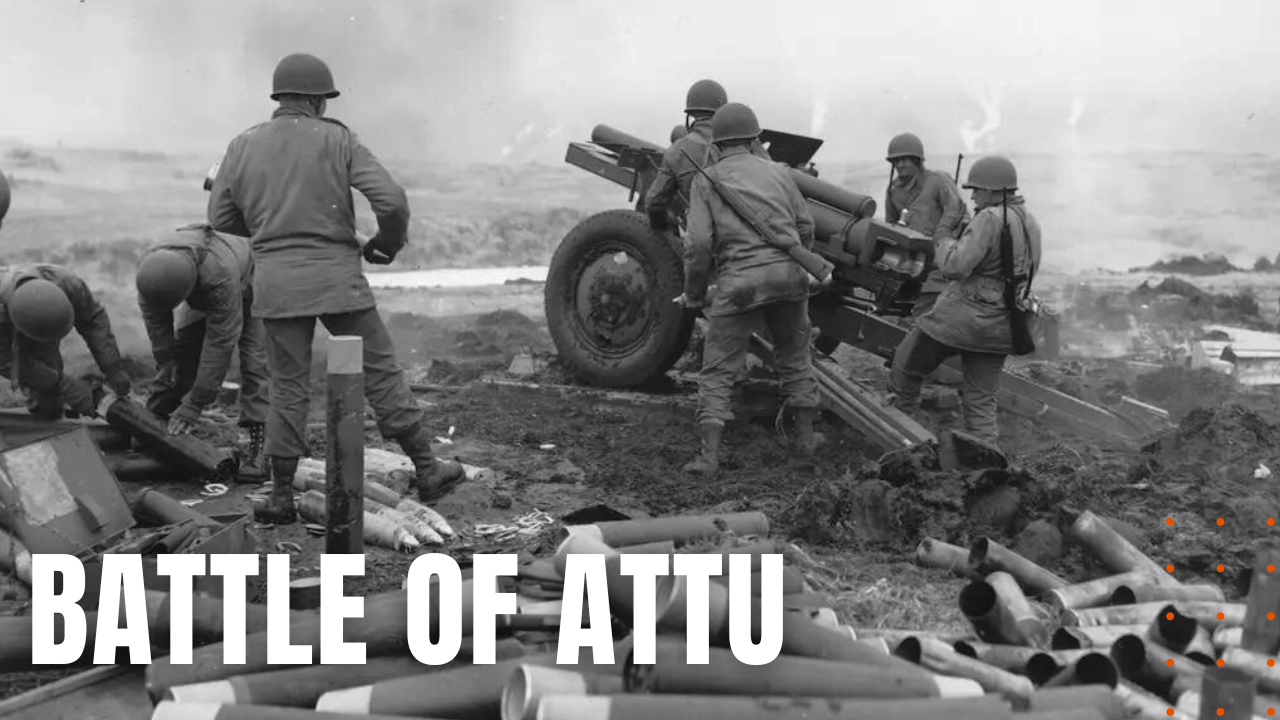Battle of Attu

Exactly six months after Japan’s unprovoked attack on American assets and personnel at Pearl Harbor—an event which drew America into WW2—on June 7th, 1942, Japan invaded the islands of Attu and Kiska in the Aleutian Island chain of far western Alaska—the first foreign power to occupy American soil since the War of 1812. When the news reached the lower 48, Americans responded with a mix of anger, shock and outrage, instantly consumed by fears of a Japanese invasion of Alaska and the Pacific Northwest. In response, following the March 1943 Battle of the Komandorski Islands, the U.S. Navy set up a blockade at Attu and Kiska, which severely restricted the flow of Japanese reinforcements and supplies into their Aleutian Island strongholds, opening the door for an Allied mission codenamed Operation Land Grab, which landed 15,000 American and Canadian troops onto both ends of Attu Island on May 11th, 1943.
A Forgotten Battle
Now known as a largely forgotten battle due to its overlap with the Battle of Guadalcanal, troops on both sides of the conflict endured extreme weather conditions, ranging from rapidly shifting winds up to 100 miles an hour, dense fog, freezing snow storms and bitterly cold rain—conditions that caused 1,814 Allied troops to suffer from frostbite, gangrene and trench foot. Commanded by Japanese Colonel Yasuyo Yamasaki, his forces soon found themselves outmanned and desperate for supplies, while Allied naval and aerial bombardments further decimated his positions. Unaware that any hope for reinforcements had been cut off by the Allies’ naval blockade, in abeyance with the Bushido Code first embraced by 12th century samurai warriors—a belief that surrender was the utmost dishonor—on May 29th, 1943, Yamasaki ordered a Banzai charge on Allied positions, tipping off the Battle of Attu.
Surprise Attack
Yamasaki’s surprise attack caught Allied forces grossly unprepared, quickly cutting through front line positions, before attacking equally unprepared rear combat units. Bloody hand-to-hand combat further splintered Allied command and control, until U.S. field leaders restored a semblance of order by repositioning machine gun nests, which soon began mowing down advancing Japanese fighters in a punishing display of automatic weapons fire. By sunrise on the 30th, only pockets of Japanese resistance remained, while Yamasaki was found dead on the battlefield, his sword still clutched in his hand. By the time the battle was over, the Allies counted 549 fatalities and 1,148 wounded in action, while Japan’s force of 2,600 combatants counted 200 missing and 2,351 killed by combat or suicide, making the Battle of Attu, a bloody yet largely forgotten conflict during the Second World War.
